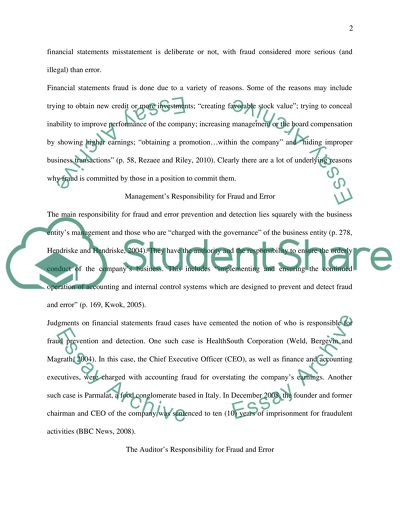Cite this document
(“The Responsibility of the Auditor for Fraud and Error Lab Report”, n.d.)
The Responsibility of the Auditor for Fraud and Error Lab Report. Retrieved from https://studentshare.org/law/1566020-the-responsibility-of-the-auditor-for-fraud-and-error
The Responsibility of the Auditor for Fraud and Error Lab Report. Retrieved from https://studentshare.org/law/1566020-the-responsibility-of-the-auditor-for-fraud-and-error
(The Responsibility of the Auditor for Fraud and Error Lab Report)
The Responsibility of the Auditor for Fraud and Error Lab Report. https://studentshare.org/law/1566020-the-responsibility-of-the-auditor-for-fraud-and-error.
The Responsibility of the Auditor for Fraud and Error Lab Report. https://studentshare.org/law/1566020-the-responsibility-of-the-auditor-for-fraud-and-error.
“The Responsibility of the Auditor for Fraud and Error Lab Report”, n.d. https://studentshare.org/law/1566020-the-responsibility-of-the-auditor-for-fraud-and-error.


